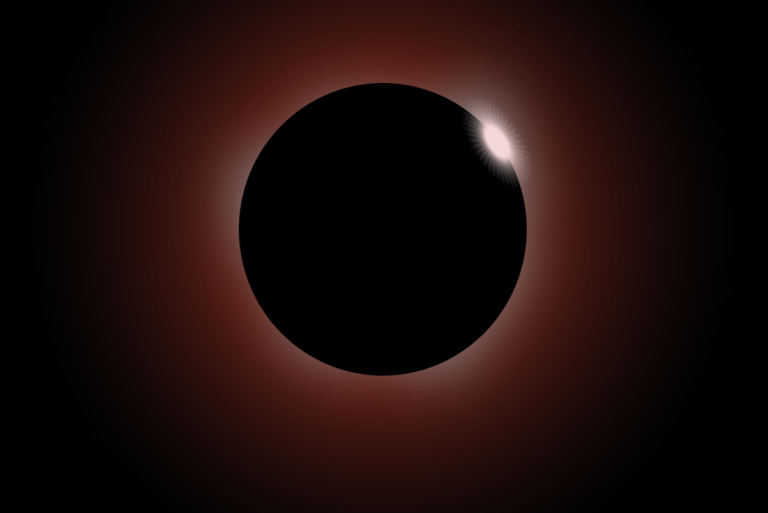Quantum Dot Breakthrough: Trio of Scientists Win Nobel Prize in Chemistry
Moungi G. Bawendi, Louis E. Brus, and Alexei I. Ekimov were awarded the Nobel Prize in Chemistry for their discovery and refinement of quantum dots, nanoparticles whose size determines their properties.
Quantum dots, which the Royal Swedish Academy of Sciences describes as the “smallest components of nanotechnology,” are utilized in LED lights and television displays and can aid surgeons in the removal of cancerous tissue.
At a news conference announcing the 2023 Nobel laureates, Johan Aqvist, chief of the Academy’s Nobel committee for chemistry, stated, “For a long time, no one believed it would ever be possible to create such small particles.” He presented the topic with five colorful containers containing quantum dots in a liquid solution and stated, “However, this year’s laureates were successful.”
The expected victory of the laureates was first reported by Swedish news outlets on Wednesday morning, a highly unusual leak that was picked up by Reuters and The Associated Press hours before the official announcement by the Royal Swedish Academy of Sciences, which awards the prize.
The Swedish news agencies cited what they said was an email from the Academy that had been mistakenly sent early. Dr. Aqvist was quoted by Reuters as saying, “It is a mistake on the part of the Royal Swedish Academy of Sciences.” He mentioned that the committee meeting was scheduled to begin at 9:30 a.m. local time (2:30 a.m. Eastern) and added, “Therefore, no decision has yet been made. Winners have not yet been chosen.”
Who are the champions?
Dr. Bawendi is a professor at the Massachusetts Institute of Technology; Dr. Brus is an emeritus professor at Columbia University; and Dr. Ekimov is employed by Nanocrystals Technology, a New York-based corporation.
Why did the committee state that they won the award?
The committee stated that the awardees were all pioneers in investigating the nanoworld, where the size of matter is measured in millionths of a millimeter. They stated that their work permitted humanity to utilize some of the peculiar properties of the nanoworld.
Dr. Brus and Dr. Ekimov developed quantum dots independently in the early 1980s. Dr. Bawendi revolutionized the methods for fabricating quantum dots in 1993, making their quality “extremely high”—a crucial requirement for their use in modern nanotechnology, according to the committee.
Dr. Aqvist stated that in order for quantum dots to be highly beneficial, they must be produced in solution “with precise control over their size and surface.” According to him, Dr. Bawendi invented a clever chemical procedure “for doing just this.”
Dr. Aqvist stated that he could now create perfect nanoparticles of a very specific dimension and superior quality.
“These accomplishments represent an important milestone in nanotechnology,” Dr. Aqvist said, adding that quantum dots now have a wide range of applications, including QLED displays, imaging in biochemistry and medicine, and more.
How do their coworkers characterize their work?
“The recognition of this work on quantum dots is very exciting,” said Gill Reid, president of the Royal Society of Chemistry in the United Kingdom, in a statement. And demonstrates how chemistry can be used to solve a variety of problems.
She added that the “remarkable nanoparticles” had the potential to produce “smaller, faster, and smarter devices, increasing the efficiency of solar panels and the brilliance of your TV screen.”



